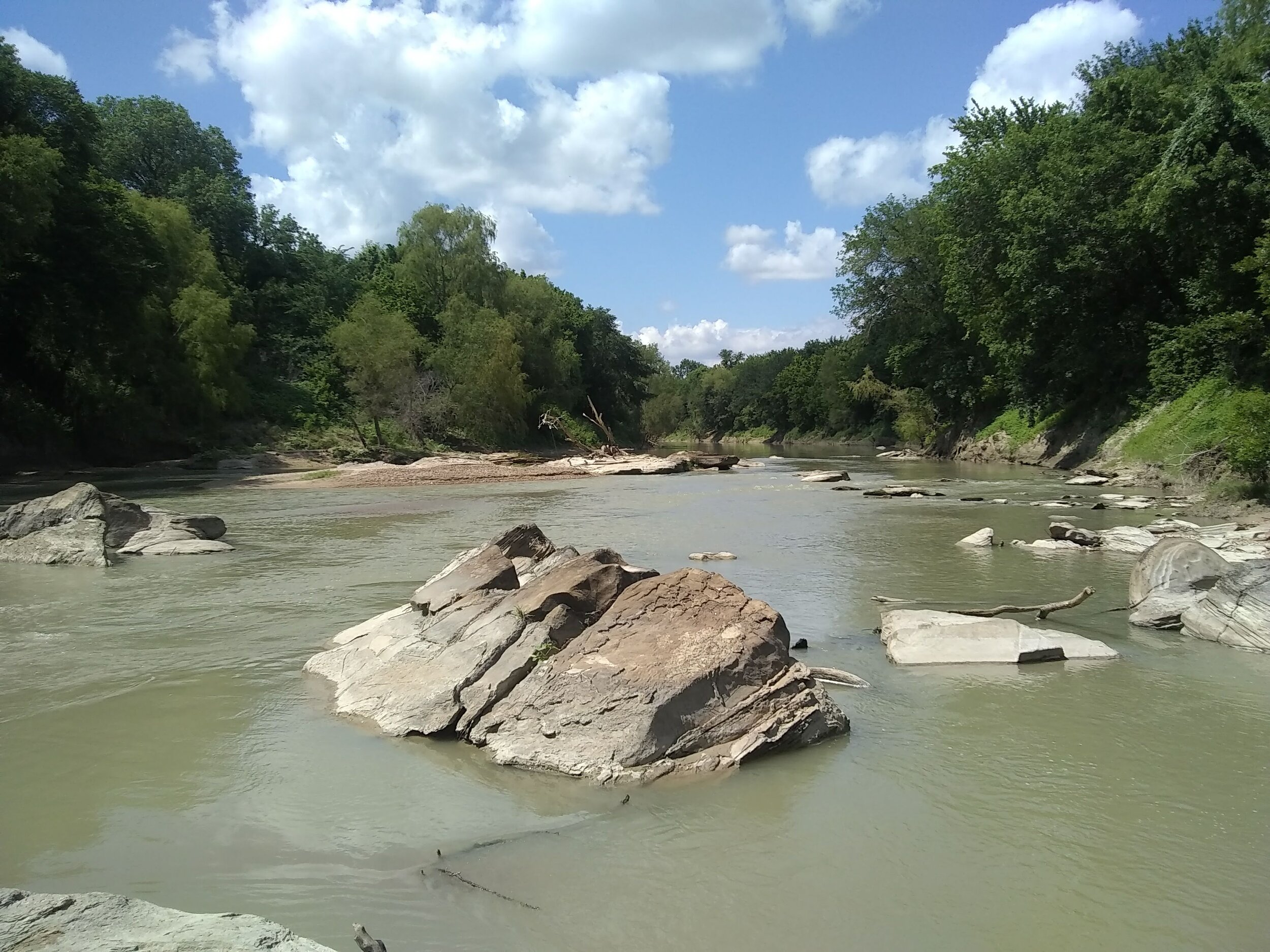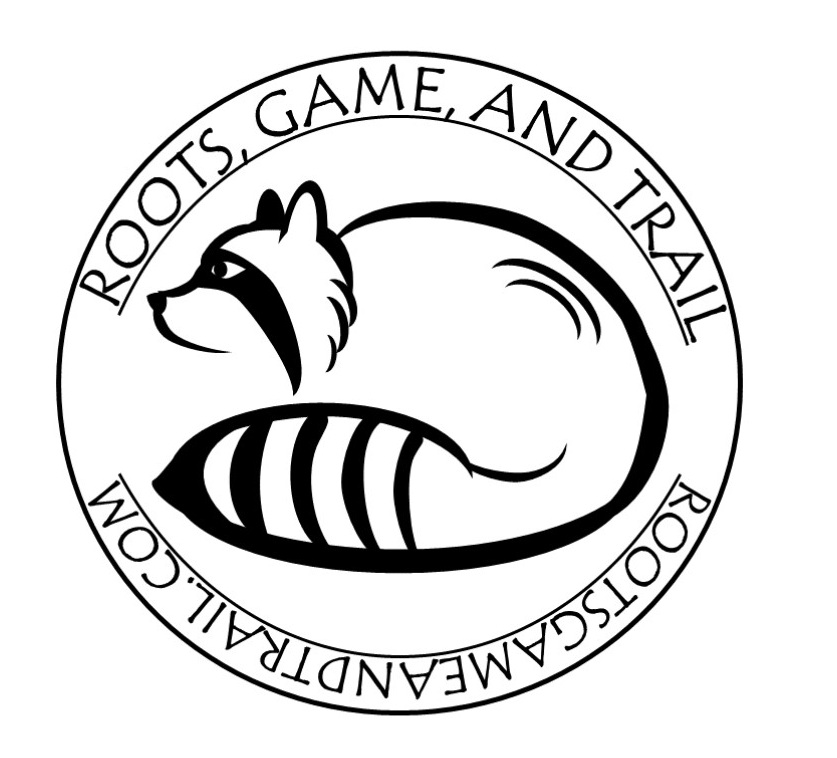Little River Standoff
I float on a flowing ribbon of chocolate milk. Many rivers in the Texas prairie country look this way, especially after a heavy rain. The water becomes a muddy, gurgling stream of chocolate. Hardly pulling a forward stroke with the kayak paddle, I bob along the surface of the Little River. Occasionally, I dip the blade of the paddle in the water to stay oriented and avoid the ever-present threat of a sunken log, but for the most part, I just let the current mosey me along.
About one hundred yards downstream, I see a whitetail doe crossing the water. She daintily moves into the current stepping high, her hooves touching her white belly hair. She is a creature of grace and elegance. Her ears are perked and twitching atop her head. They act like satellite dishes, attempting to capture any sinister predatory frequency.
She makes it to the opposite bank and pauses for a moment on a gravel bar. She then shakes her whole body, quickly and vigorously, ridding herself of any muddy water. She walks off, disappearing into the brush along the bank.





Smiling to myself, I resume paddling, feeling quite satisfied with the whole experience. I work the kayak around a sandbar and glance ahead. There is the doe again, coming up the bank towards me, but this time something is different about her movements. Her graceful walk is now a frantic run.
She is still ahead of me, about sixty yards or so. She leaps from the bank into the flowing current. Quickly, she finds her footing on the river bottom and rapidly moves to the center of the river. Oddly, she stops and turns around, facing the direction she just came.
This earns my curiosity, so I slouch into the seat of my kayak, trying to minimize my silhouette. I dip my paddle into the current, gently back-stroking, trying to slow my downstream drift. In the center of the river, the doe stands, the muddy water laps at her belly. She’s alert to something. What is she looking for?
Then I see him. A full-grown, healthy coyote moves from the brush adjacent to the bank and stands on the gravel bar next to the river. He pants heavily. The sun beats down on his tan colored fur, still prime from the winter months. His eyes are fixated on the doe. I glance back to the center of the river. The doe still stands in the current, eyeing the predator. She’s not afraid.
The canid knows that the doe has the upper hand in the water. She is taller and her legs are longer, which allows most of the water to flow under her belly. The rushing current is a detriment to the squat stature of the coyote. Both animals stand still, looking at one another. It’s a standoff.
Despite my efforts to back-paddle and keep a low profile, I inevitably progress downstream towards the showdown between predator and prey. The doe senses my approach and looks upstream. Her ears are in the alert position. I’m busted.
She wheels around on her haunches and bounds through the water, towards the opposite bank. Each plunging leap sends a fountain of water droplets into the air. She makes the top of the embankment in a single jump and disappears into the trees.
Still panting in the hot sun, the coyote watches as the deer bolts. He doesn’t seem to mind. Nonchalantly, he turns and trots upstream, along the water’s edge, still not noticing me.
As I drift downstream, within spitting distance of the bank, the coyote is finally aware of my presence, but he isn’t alarmed in the least bit. Instead, he stops and with an unwavering gaze, watches me approach. As the kayak drifts by, our eyes meet. Amazed and feeling unprepared for my awkward meeting with the coyote, I simply touch the brim of my straw hat and nod my head in salutation. Unperturbed, he watches as I float by.
The brown current swiftly pushes me along, past the coyote. I take a couple of forward strokes, but wanting one last peek at the prairie wolf, I shift in my seat and crane my neck around. He’s gone. I face forward, looking downstream. The blade of my paddle dips back into the chocolate water and I pull ahead, moving with the current.
